Advertisement
Cities forgo wrecking balls and order ‘deconstruction' of old buildings, instead

Tearing down a building is a dirty job.
The construction industry creates about 600 million tons of trash each year, more than twice the amount of everyday garbage that people in cities and towns throw away.
That means mountains of used bricks, shingles, window frames and even perfectly good appliances are tossed into landfills when a building is demolished to make way for a new one.
But cities across the country are starting to recognize the problem. From Boulder to Pittsburgh, new ordinances require contractors to “deconstruct” old buildings instead of demolishing them the traditional way.
The idea is to keep tons of reusable materials out of the landfill.
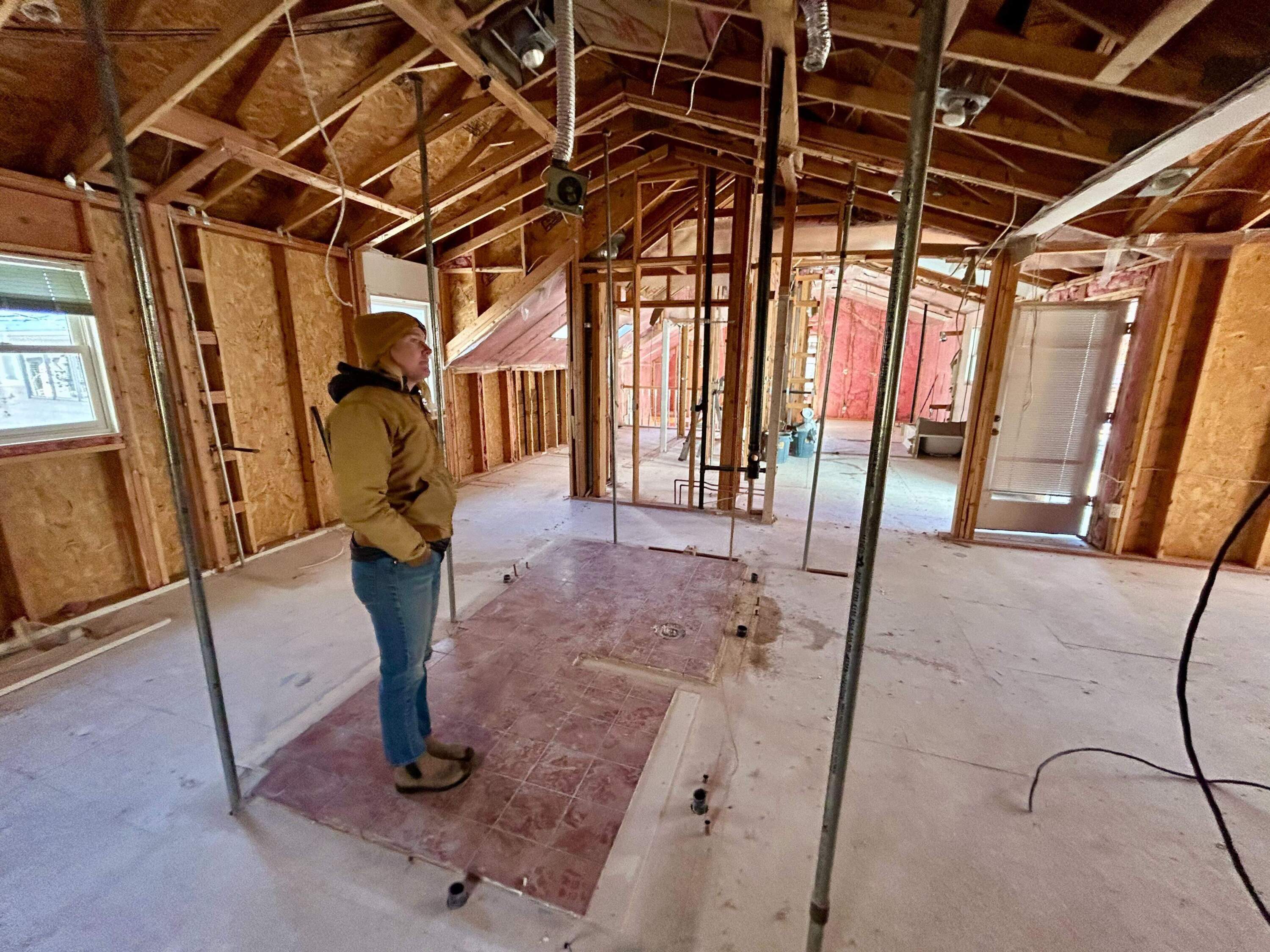
“In the deconstruction world, we talk a lot about how we recycle cans but then we throw away entire houses,” saidAnna Perks, founder of Perks Deconstruction, a company in Colorado that specializes in taking apart a building piece-by-piece.
Deconstruction vs. demolition
Compared to a traditional demolition, deconstruction takes more time and money, Perks said.
Her crew recently dismantled a 2,700-square-foot home in a historic neighborhood on Pearl Street, near Boulder’s downtown shopping district.
On a cold December morning, the bones of the house were still standing, but the inside was gutted down to the studs.
On the first day of the job, “We came in here, we took out all the cabinets, appliances, and now we're taking down all the wires and cables and light fixtures,” said Perks.
As she climbed the stairs to the second level, she passed piles of pink insulation that had been ripped from the walls. An old toilet was in the living room.
“All that will get recycled,” she said.
Soon, the roof would come off.
Advertisement
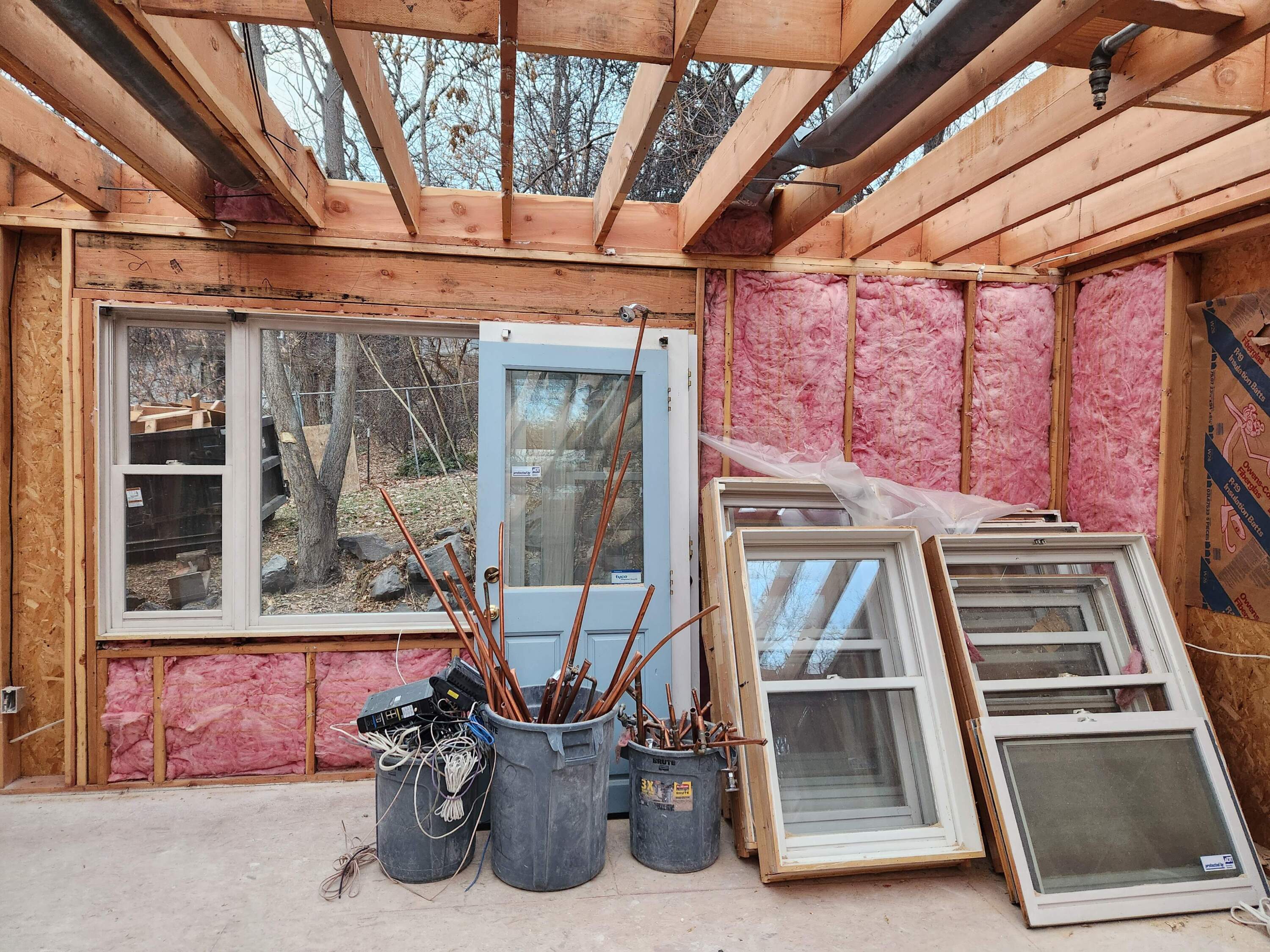
In all, it took Perks 20 days to take this house all the way down to the ground, compared to the few days it would take for a traditional demo.
But taking it apart piece by piece means that at least 75% of the house will get a new life. That’s the threshold the city of Boulder demanded with its new deconstruction ordinance in 2020.
The copper pipes that run through the walls like arteries will be recycled too. Lumber will be de-nailed and either turned into mulch or put up for sale on sites like Facebook Marketplace where a handy carpenter can find a use for it.
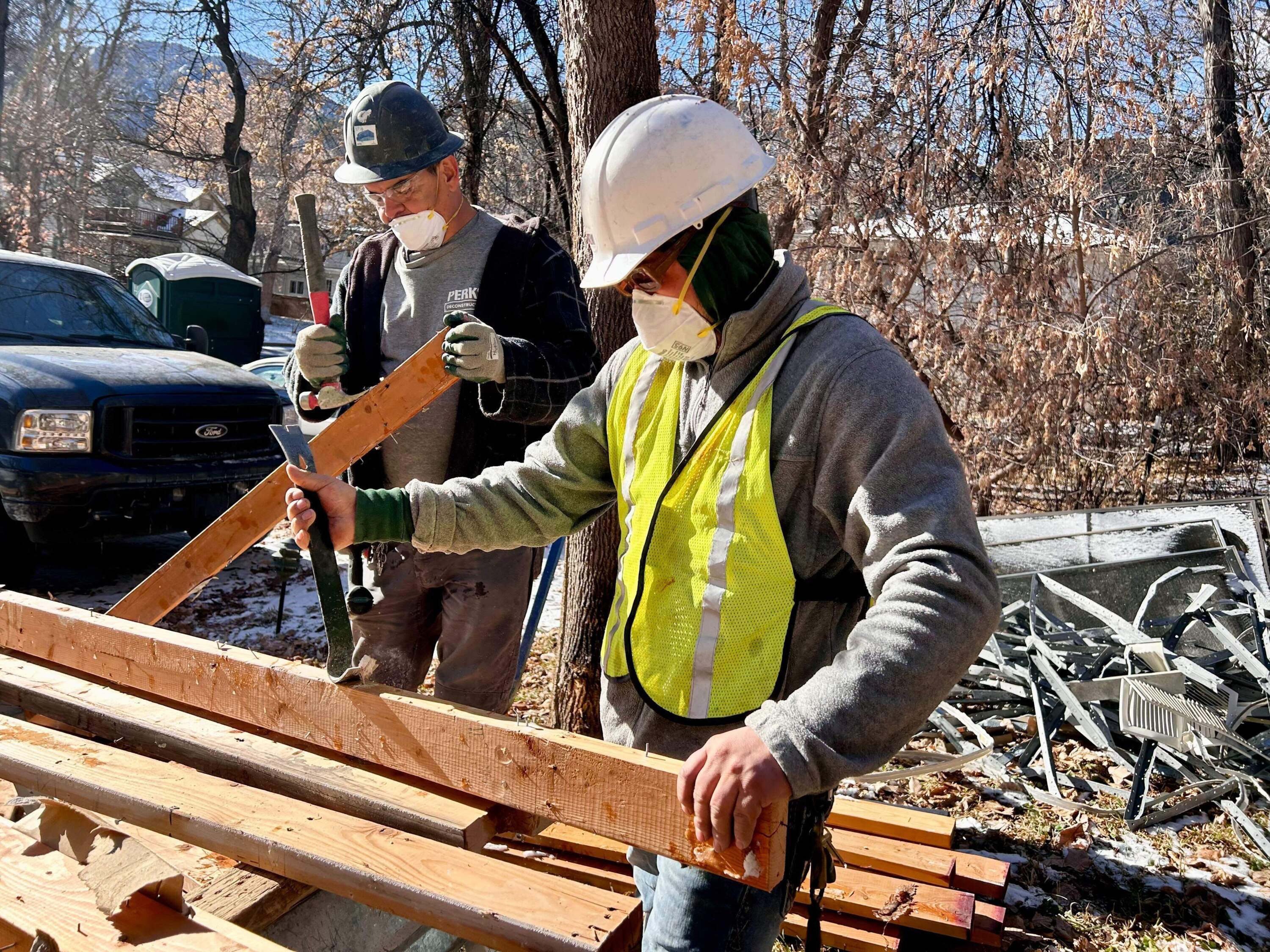
Perks said it takes about 41 trees to build a house like this, so why throw all that perfectly good wood away?
“When we bulldoze, we are just completely wasting that material rather than giving it another life somewhere else,” she said. “So deconstruction is a way to transition to the circular economy, put that material back in the loop to get it reused.”
‘Circular economy’ in action
A group called Resource Central plays a key role in the growth of Boulder’s circular economy.
For the past 20 years, Resource Central has accepted donated building supplies and resold them at a steep discount. Program Director Joe Pitts said it diverted more than five million pounds from the landfill last year. Some of it came from the Pearl Street house.
“We kind of describe ourselves as a Home Depot thrift store,” he said.
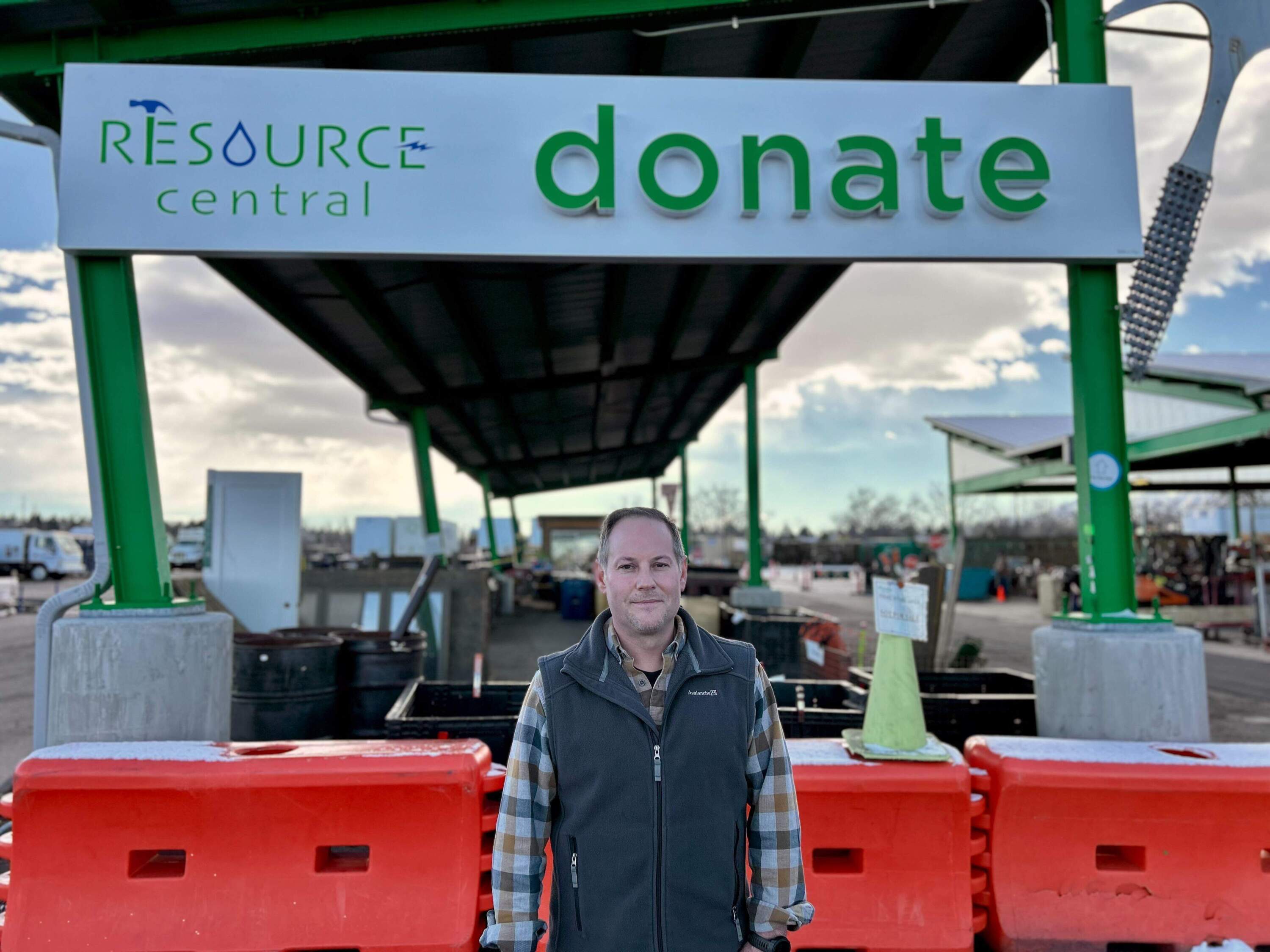
Resource Central is a cornucopia of construction supplies. The place is stocked with used stuff you’d find in any home: bathtubs and microwaves; dishwashers with a decade of life left in them; used doors on sale for $40.
After a recent deconstruction job at a local church, Pitts said his team accepted a truckload of pews and stained glass — even a basketball hoop.
He said Boulder’s deconstruction ordinance helped increase donations to Resource Central. The donations are tax-deductible and “can approach tens of thousands of dollars,” he said. “In the case of a whole home, an appraiser would go out and appraise those materials, and that’s a direct deduction.”
Supporters of deconstruction say that financial incentives are an important way to defray the added cost.
Jeff Barratt, CEO of Associated General Contractors Colorado, is paying attention as cities across the state consider new laws like Boulder’s.
“First of all, I want to state our industry is in favor of how do we reduce waste and recycle more,” he said. “But with that comes a series of challenges.”
Dismantling a building can cost three to eight times more than just tearing it down, according to deconstruction contractor Anna Perks. And remember, the Pearl Street deconstruction project took 20 days, instead of just a few.
Barratt said he’s concerned about flooding the market with all the second-hand lumber, insulation and other building materials as deconstruction becomes more common.
“I think it will take a little bit of time for the market to absorb the amount of material we’re talking about because it’s quite a bit when you stop and think about the projects,” Barratt said.
After Denver voters easily approved its “Waste No More” ballot measure in 2022 that included a deconstruction mandate, a local contractor named Al Barker spoke up at a city-sponsored meeting.
“Does somebody think we’re running out of landfill space here?” he said. “There’s just so many things involved that seem like they’re being overlooked here. It’s just frustrating.”
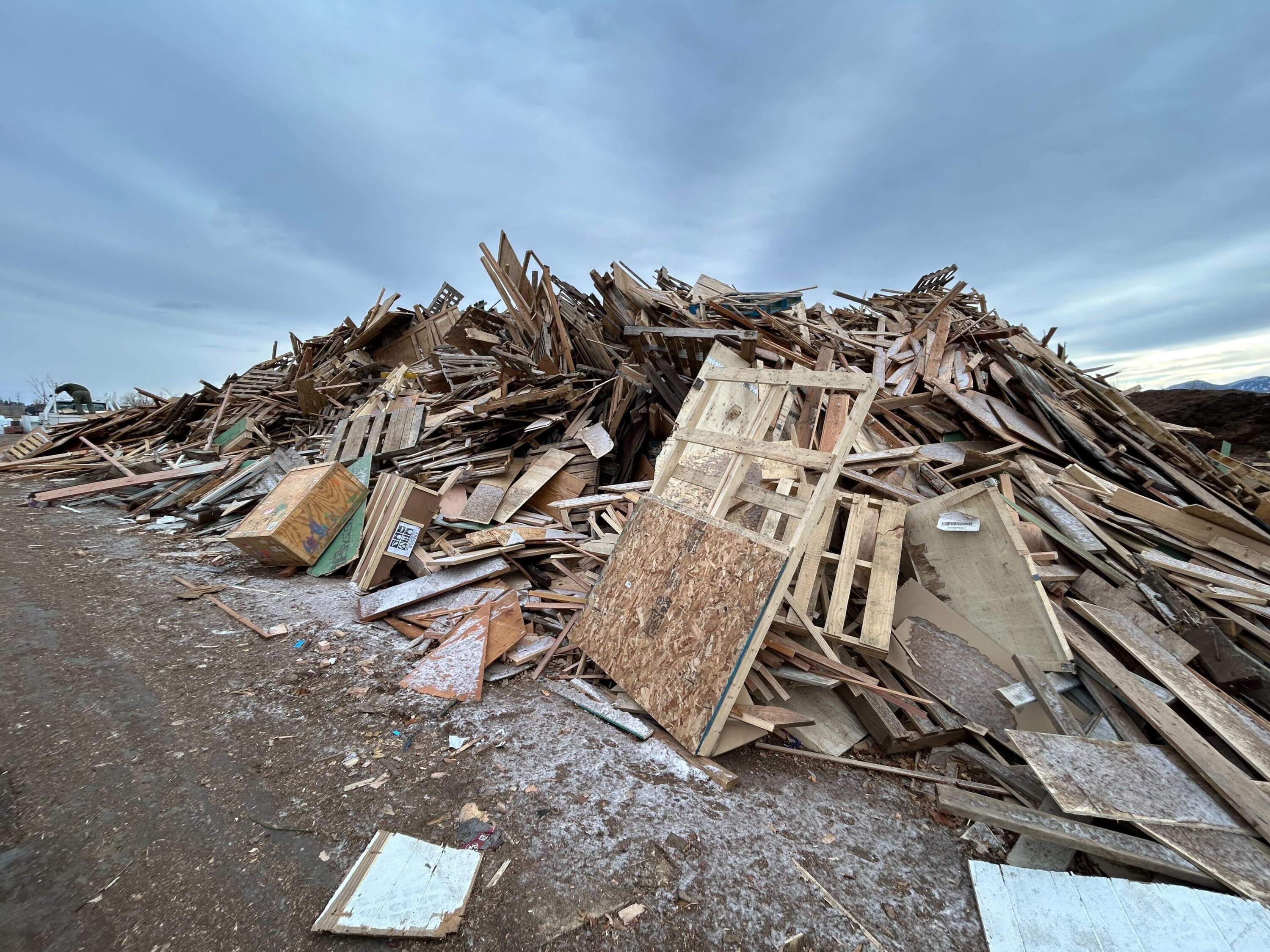
Denver-area landfills are not running out of space, according to local officials. But that’s not the case in other U.S. cities. It’s one reason why local governments have passed deconstruction laws in recent years. That includes Portland, Oregon, Milwaukee, Palo Alto, San Antonio, Pittsburgh and San Jose, said Shannon Goodman, who leads a national group called Build Reuse that promotes these policies.
“There are some cities that care about sustainability,” she said. “They have issues with landfills getting filled up. So waste diversion can be a big motivator.”
She added that job creation and training programs to teach workers how to deconstruct a building are even bigger motivators.
The impact of big deconstruction projects
A high-profile deconstruction project will get underway later this year in New York City.
Crews will take apart buildings at an aging nursing school complex to make way for the SPARC life-science hub, a development that will cover an entire city block and provide up to 2 million square feet of research space.
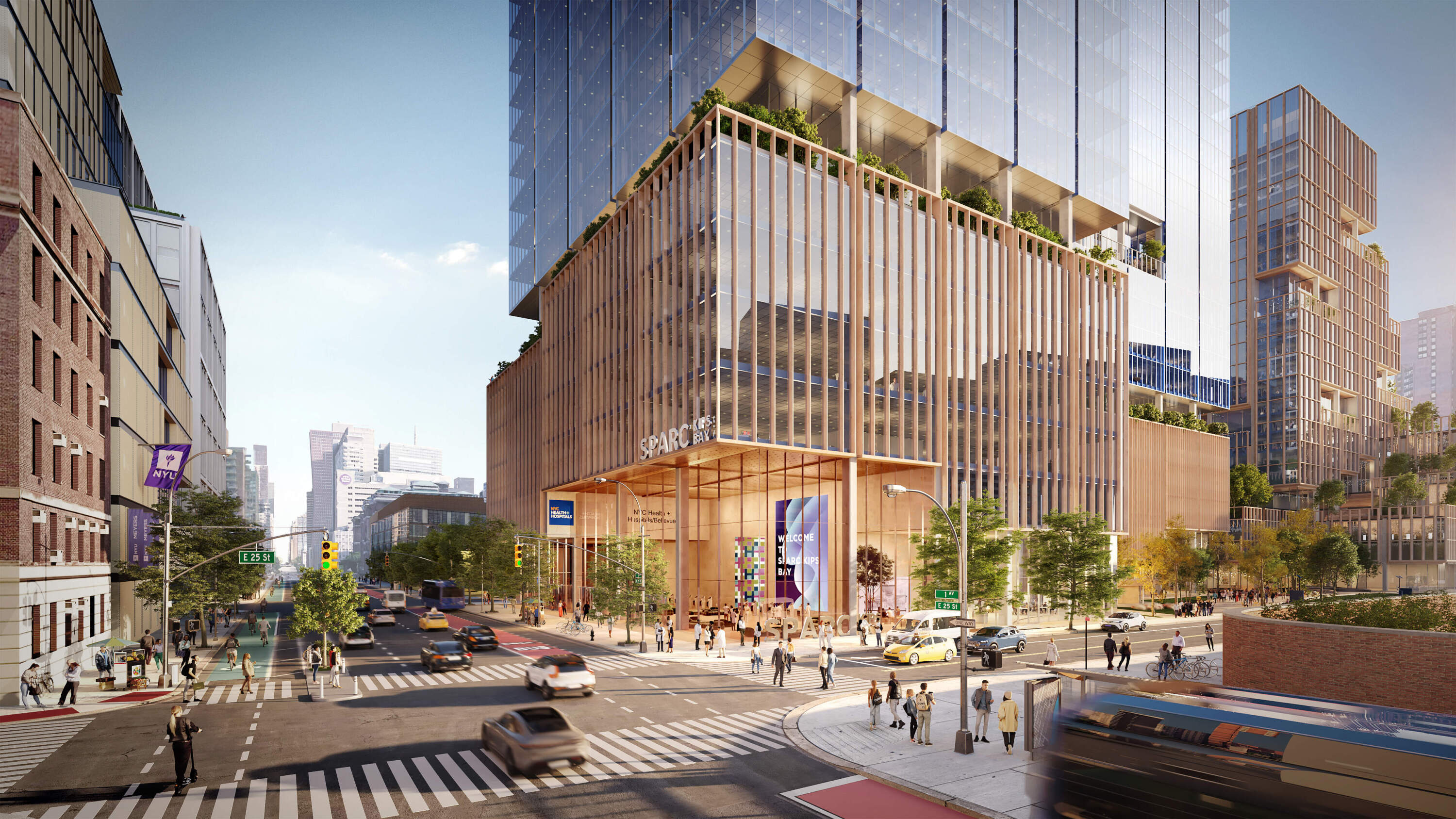
It is the first project of its kind to use the city’s circular design and construction guidelines. The guidelines, including reusing materials onsite instead of creating new ones, will save an estimated 26,000 metric tons of carbon emissions for this project alone, the city’s Economic Development Corporation said.
The agency has created a 3D model of the existing buildings to help construction managers decide if they want to purchase any of the materials for use in other projects.
“We’re creating a marketplace,” said Chief Strategy Officer Cecilia Kushner, adding that the energy consumed to build the city is by far the main driver of emissions in New York.
“We’re an urban city that is built with a million buildings,” she said. “How we design, how we deconstruct and how we build buildings is at the core of making changes to greenhouse gas emissions.”
Meanwhile, Boulder, Colorado, just finished a splashy project of its own.
When architects designed the city’s newest fire station, they used 89 steel beams salvaged from an old community hospital.
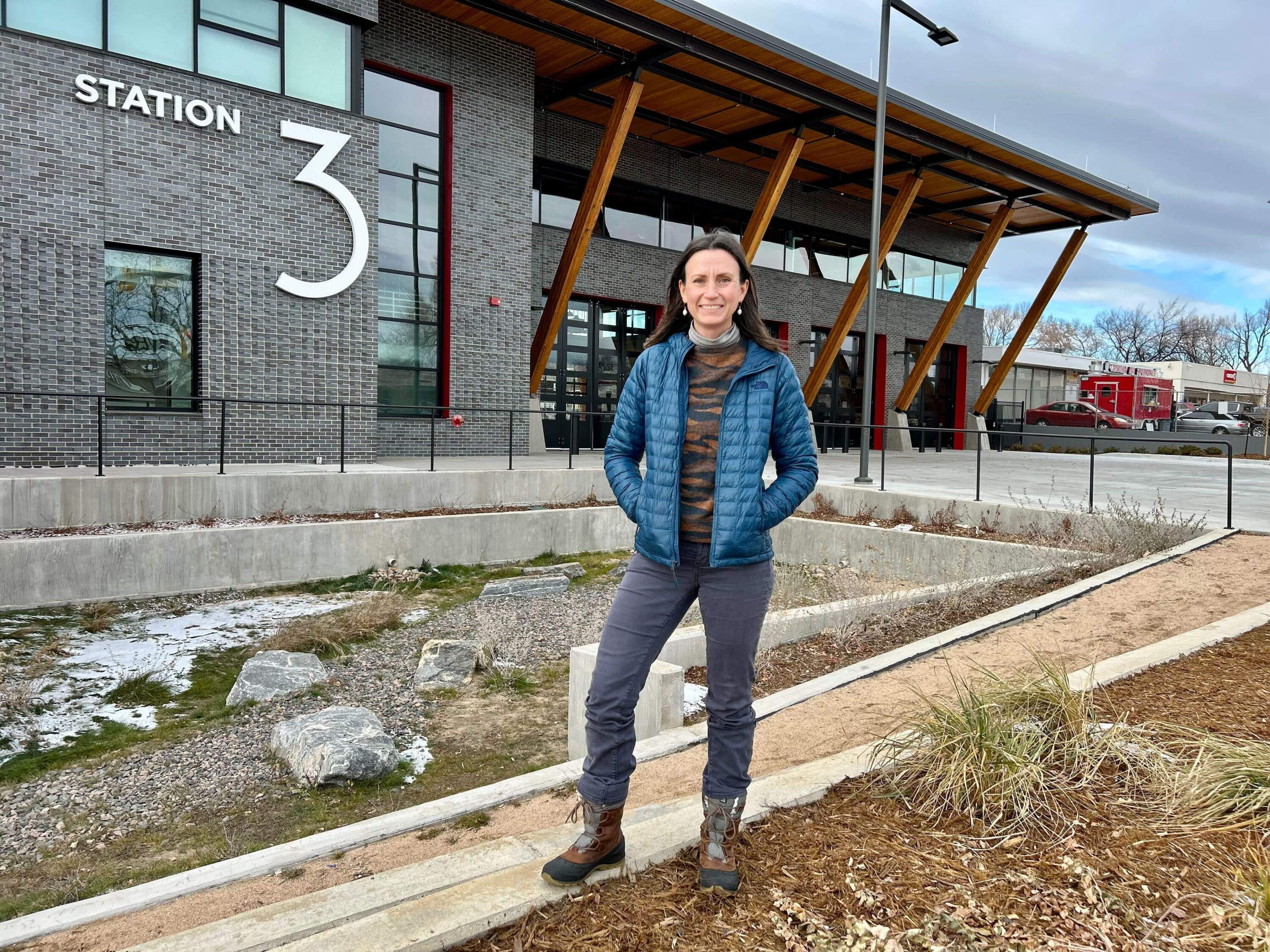
Steel is recycled all the time, but it requires a lot of energy and high temperatures to melt the metal before it’s reformed.
Engineers are looking for opportunities to skip that step by reusing structurally sound steel in a new building. There are a few examples in the U.S. But a project like Boulder’s fire station is still incredibly rare, said the city’s circular economy policy advisor Emily Freeman.
“And we’re really proud of that,” she added.
Since the ordinance went into effect, Boulder has approved 45 to 60 deconstruction projects every year. Freeman said deconstruction policies are designed to protect the environment where people live.
In Colorado, where wildfires and drought are always a threat, there’s plenty to protect.
“We’re losing our forests. We’re losing that carbon sink,” said Freeman, with Boulder’s iconic timber-studded mountains rising up behind her. “If we can find ways that we can preserve building materials that have been already extracted from our environment and we can reincorporate that into new designs, we can help save our forests.”
This segment aired on January 29, 2025.
